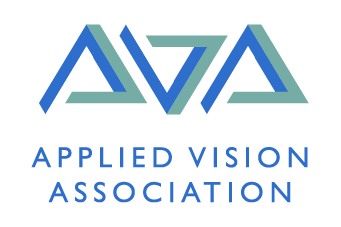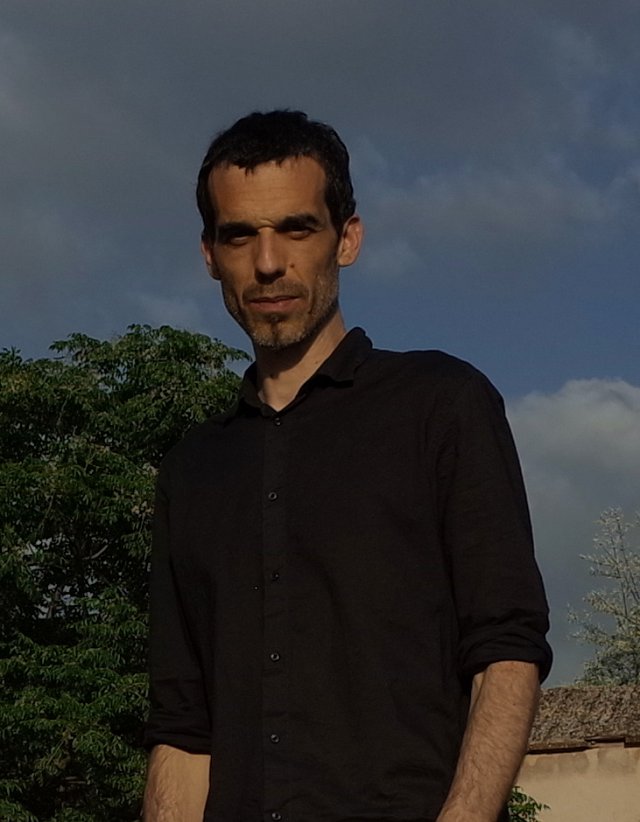


I was awarded 2016 AVA postdoctoral travel award to give a talk entitled "Visual camouflage in terrestrial and aquatic environments" at the conference Light and Color in Nature 2016, in Granada, Spain. This conference was first launched at the end of the 70s under the name Meteorological Optics. Its main topic is the understanding of optical phenomena that can be observed with naked eye. When referred to such optical phenomena we barely think of rainbows, mirages or even aurora borealis, but there is much more about it and the conference also covered halos, glories, coronas, green flash, refraction effects and fata morgana, amongst others. Most of these are not so rare, and you are likely to observe them provided you have the prior knowledge of their existence. After this conference you will never look at the sky the same way. Interestingly, schooling in visual perception is useful to apprehend better some of these curiosities.
The conference is also open to other topics that are linked to optical physics. Animal vision and visual camouflage are since they both entail a tight adaptation to the lighting in a specific ecological environment. In my talk, I exposed the different challenges the specific features of the light distributions in terrestrial and marine (pelagic) environments place on body reflectance for the pattern on the body to implement visual camouflage. As a common tie, I showed that since in both marine and terrestrial environments more light comes from above visual camouflage predicts countershading, a widespread pattern of coloration in the animal kingdom whereby the parts of the body that are exposed to a greater illumination, typically the back, are darker than the opposite parts of the body. These media have striking differences, however, since unlike air, water and the organic matter within it strongly scatter and absorb light. I showed that as a result being covered by highly reflective scales dramatically decreases visibility to potential predators in pelagic environments. This strategy, called mirror camouflage, is ubiquitous in pelagic species of fish.
TThe conference was really well organised, with a nice balance between talks and exciting visits in Granada, which fostered informal conversations and a friendly atmosphere. For me the conference culminated in two events. First, a definitively inspiring dissemination talk in the museum of science of the city given by Robert Greenler and entitled "Seeing With the Mind as Well as the Eye". In six slides, six photographs of nature and no formula, Professor Greenler provided no less than food for thought for a lifetime on observation and understanding. Second, on a more recreational but not less inspiring note, we visited the Moorish palace the Alhambra. The palace, its location and architecture are simply breath taking, its gardens a piece of paradise.